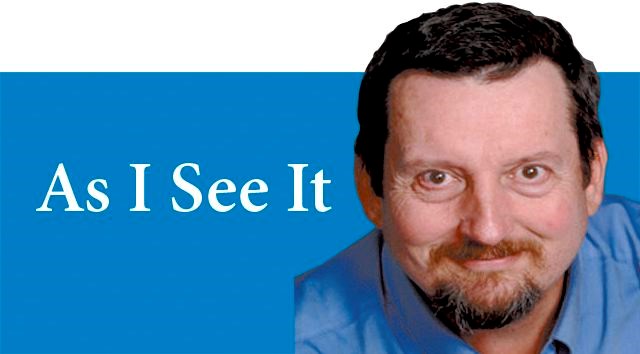Last week, our newspaper carried an op-ed by Dr. Dermot Kelleher, Vice-President, Health, and Dean of the Faculty of Medicine at UBC.
For those who may not have read the article, it was a thoughtful piece on the development of medical education at UBC and throughout the province. It was also a surprisingly frank assessment of the development of the distributed medical model.
For years, the only place to go for medical education was UBC. It still is, in terms of the degree students earn. And UBC maintains almost total control over the curriculum, courses, and entrance qualifications.
But on June 22nd, 2000, with the doctors in the north lobbying for medical education in the north as a mechanism for retention and ongoing professional development, a doctor shortage outside of the Lower Mainland, and a rally at which 7,000 citizens from Prince George, the message was heard loud and clear in Victoria and in Point Grey. It was time for medical education to expand in the province both in the total number of medical students and in locations.
The Northern Medical Program was the result of subsequent months of negotiations to achieve a medical school in the north. There was a great deal of trepidation amongst those involved. No one knew if it would work. Could an equivalent education be taught in different locations? Would the technology work? Would the clinical placements be there? Where would the students complete their residencies?
The list of questions to be answered was long but perhaps the most important question to be answered was "would the students stay in the north once they finished?"
There is lots of evidence indicating students tend to work where they learn. A StatCan report indicates 90 per cent of graduates work within 90 kilometres of their alma mater. Indeed, the central premise that educating students in the north would keep them in the north was the basis for UNBC in the first place. Too many young people headed south to Vancouver or Victoria and never returned.
After a decade and a half, it would appear the answer is "yes" as graduates from the NMP are staying in the north. Not all of them as many move to other rural communities to practice but they disproportionately work in smaller communities compared to the Vancouver cohort of medical students. The principle has been borne out by experience.
Perhaps more importantly, the presence of a medical school in the north has inspired a generation of students to complete their undergraduate degrees at UNBC and then continue on to medicine. So far, 135 UNBC students have been admitted to the NMP and that doesn't include the students who have moved to the Vancouver, Island, or Southern Medical programs.
Ironically, Prince George students who head to the other medical programs tend to establish their practices in those communities. Prince George's loss is Victoria's or Kelowna's gain.
In any case, as Dr. Kelleher rightly points out, the distributed model has been a tremendous success. It has allowed UBC to grow to the fifth largest medical school in North America and become a world leader in rural medicine and distributed education.
But as important as doctor's are to the medical system, other health care professionals are equally necessary. Nurse education has been a part of UNBC since its opening. We graduate over 100 nurses every year.
However, if one looks at the original plans for UNBC, two professions were identified as critical components of health in the north - physiotherapy and occupational therapy. When talking to any of the physiotherapists in town, they will point out they have been pushing for education in the north for over 25 years.
The need remains critical. As measured, Northern Health has half as many physiotherapists per 1,000 patients as the Coastal Health Authority. Not surprising. The only place to get a physiotherapy education is at UBC and 90 kilometres doesn't even get you out to the Fraser Valley let alone over to the island or up north.
The laws of the market - supply and demand - only work when there is enough supply. In the case of both physiotherapy and occupational therapy, we need more graduates in order to meet the demand. And we need education in the rest of the province.
The distributed model for medical education works. It has been tried and tested. We also have a joint degree program in Environmental Engineering which has been operating for almost as long with similar results. A joint program even has some advantages over the distributed model but in either case, UBC and UNBC can and should work together to ensure we have the professionals in the north needed by communities throughout the north.
High on the list of priorities should be physiotherapy and occupational therapy. Educating professionals where they practice is the way we should go.



